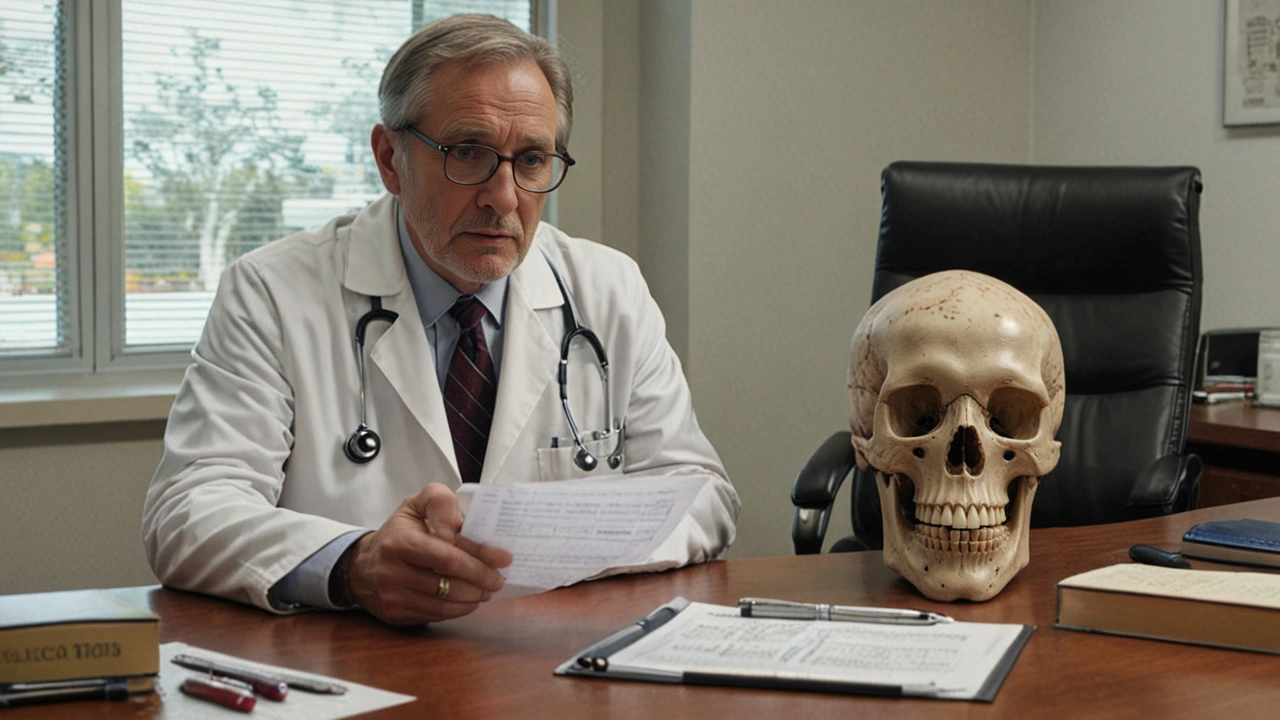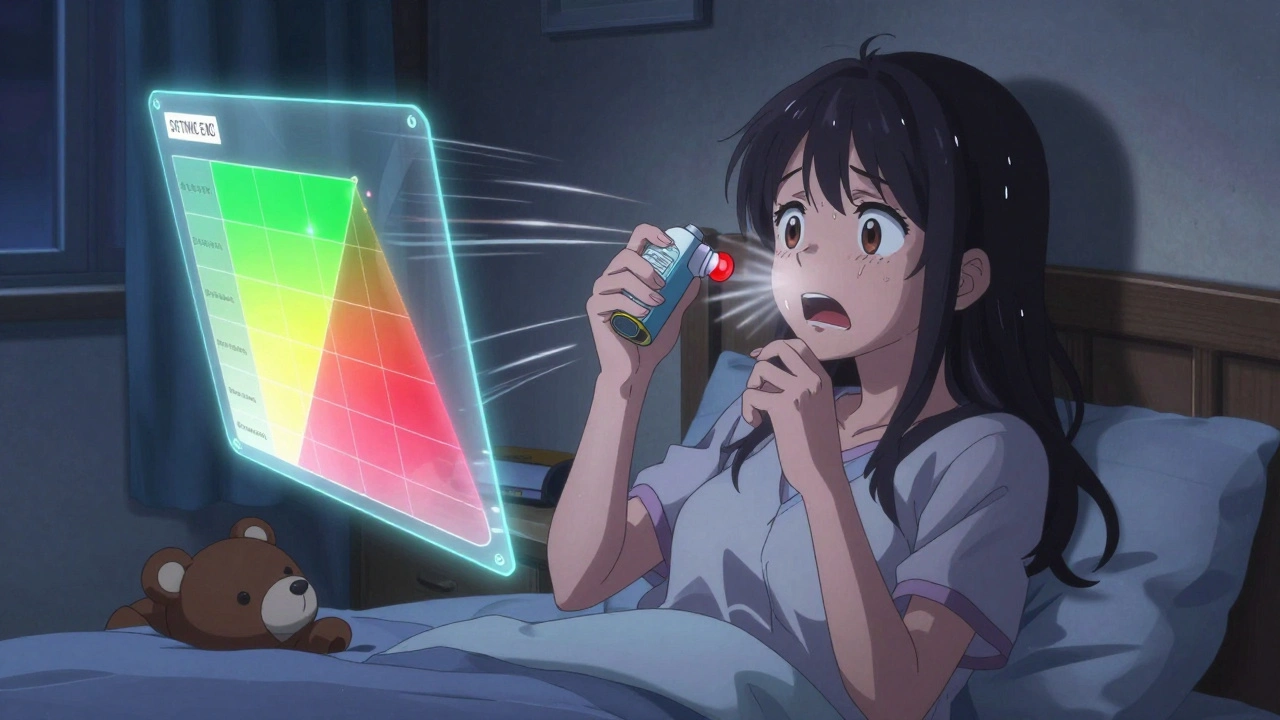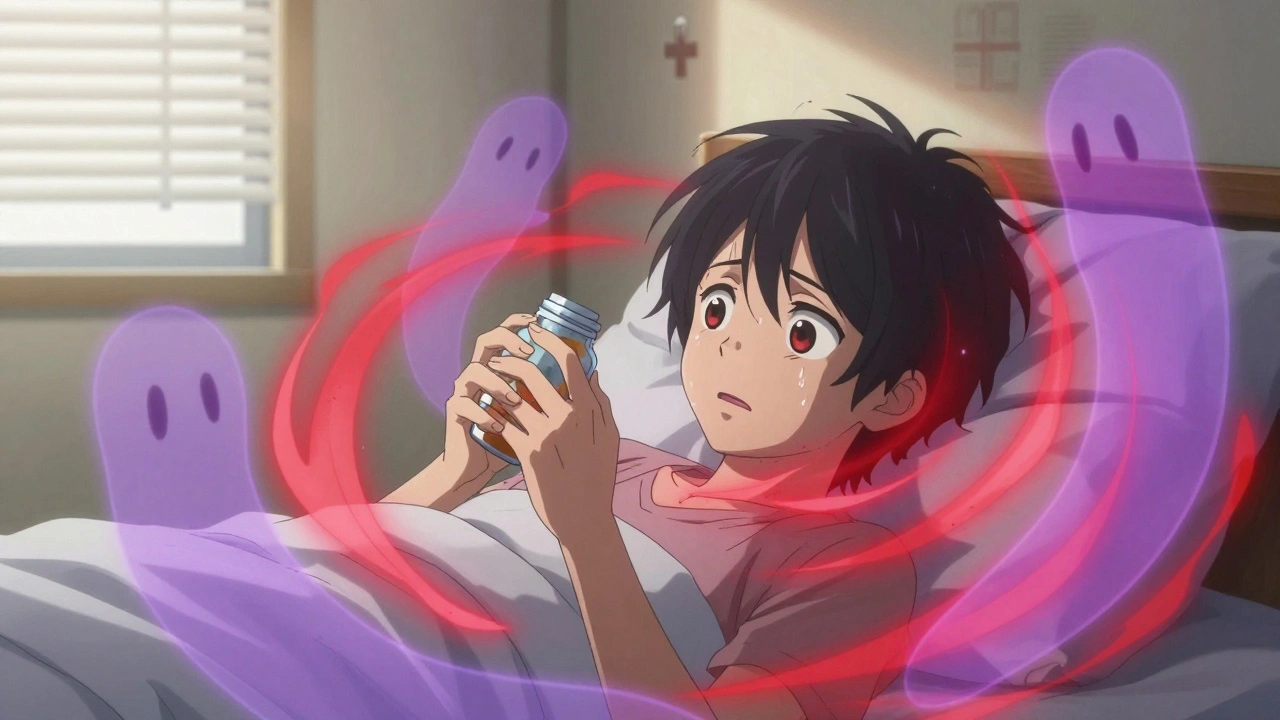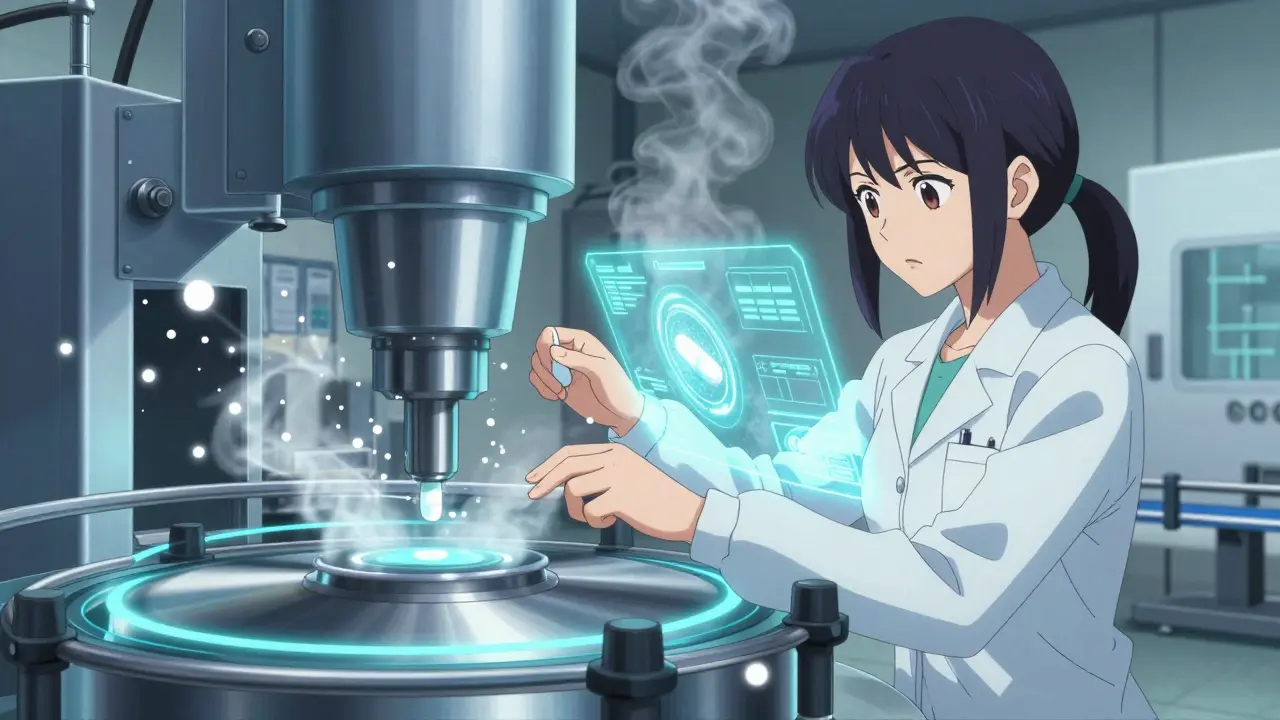Hydrochlorothiazide: what it does and how to use it safely
Hydrochlorothiazide (HCTZ) is a common thiazide diuretic used to lower blood pressure and reduce fluid buildup. It helps your kidneys excrete extra salt and water, which lowers blood volume and eases strain on the heart. Most people take it once a day and see blood pressure benefits within a week, but full effects can take a few weeks.
How to take Hydrochlorothiazide
Take HCTZ in the morning with or without food. If you take it late, you might wake up at night to pee. Swallow tablets whole; don’t crush them unless your doctor says so. Typical starting doses for high blood pressure are 12.5–25 mg once daily. Your doctor may adjust the dose based on your blood pressure and kidney tests. Always follow your prescriber's instructions and don’t stop suddenly without checking in with them.
If you forget a dose, take it as soon as you remember the same day. Skip it if it's almost time for your next dose—don’t double up. If you have kidney disease, talk to your doctor; dosing and safety can change with kidney function.
Side effects, tests and interactions
Common side effects include lightheadedness when standing, increased urination, and mild dehydration. HCTZ can lower potassium and sodium, and raise blood sugar, cholesterol, and uric acid. That can trigger gout or affect diabetes control. Your doctor will usually check blood pressure, electrolytes, kidney function, and possibly glucose and uric acid after starting or changing the dose.
Watch for warning signs: severe dizziness, muscle cramps, fast heartbeat, or signs of dehydration. If you have persistent weakness, extreme thirst, or confusion, contact your healthcare provider right away.
Drug interactions matter. NSAIDs (like ibuprofen) can reduce HCTZ’s effect. Combining with lithium or certain heart medicines (digitalis) needs close monitoring because of potassium changes. ACE inhibitors or ARBs plus HCTZ can lower blood pressure more than expected—your doctor may lower doses when they’re used together. Tell your provider about all medicines, vitamins, and supplements you take.
Simple habits help: eat a balanced diet with potassium-rich foods (bananas, spinach, beans) unless your doctor tells you otherwise. Stay hydrated but avoid excessive salt. Check blood pressure at home and keep a log to share with your clinician.
If you’re ordering meds online, use licensed pharmacies that require a prescription. Look for clear contact info, pharmacy license details, and secure payment. Avoid sites offering HCTZ without a prescription—those are risky.
Got questions about HCTZ and your specific health? Ask your doctor or pharmacist. Small changes—timing, monitoring, and watching for interactions—can make HCTZ work safely and effectively for most people.
The Effect of Irbesartan Hydrochlorothiazide on Bone Health: A Detailed Look
This article delves into the potential effects of Irbesartan Hydrochlorothiazide on bone health. It explores how this commonly prescribed medication for hypertension might influence bone density and strength. The article provides insights into the risks and benefits, supported by recent studies, and offers practical tips for maintaining bone health while on this medication.






